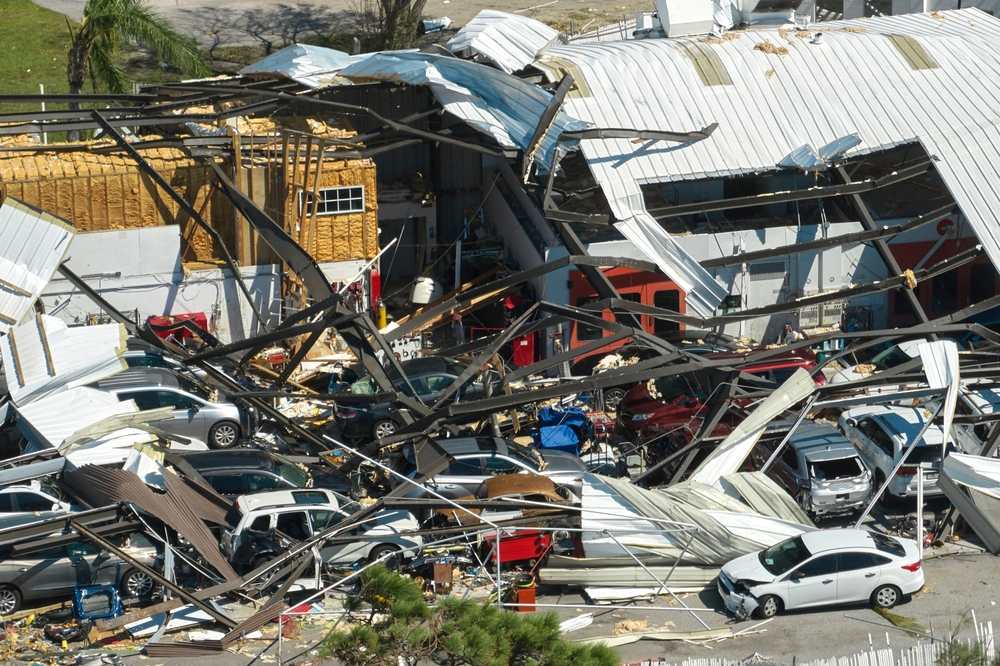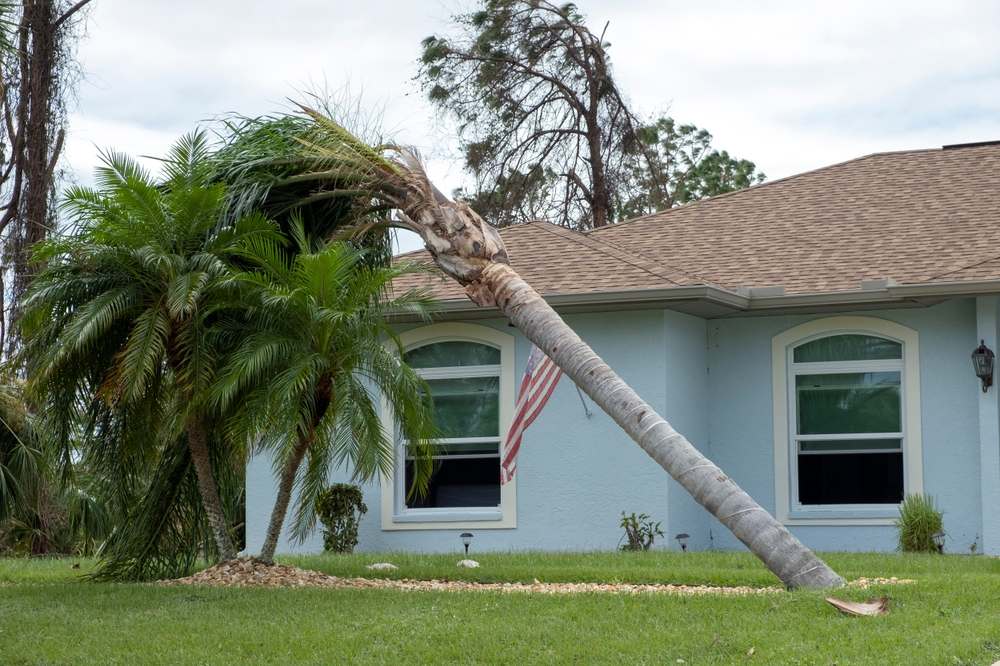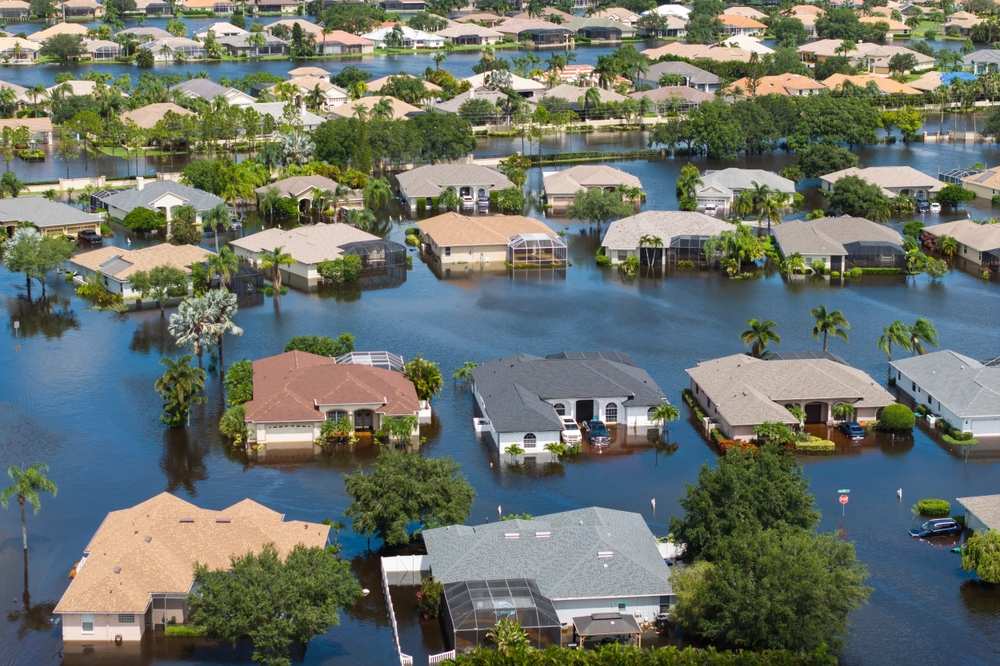TL;DR: What Are Hurricane Ties and How Do They Work?
- Hurricane ties are metal connectors that secure your roof, walls, and foundation.
- They help homes withstand strong winds and meet building codes.
- Proper installation boosts safety, adds value, and may lower insurance premiums.
- The Hurricane Safety Program helps homeowners install them affordably.
If you live in a region vulnerable to hurricanes, chances are you’ve heard about impact windows, fortified roofing, or reinforced doors. But one lesser-known yet critical component of storm-resistant construction is the hurricane tie. So, what are hurricane ties, and why are they essential in protecting your home during high winds and hurricanes?
In this guide, we’ll break down the basics of hurricane ties, how they work, the different types of hurricane ties, and how the Hurricane Safety Program helps homeowners stay safe and compliant with local building codes.
What Are Hurricane Ties?
Hurricane ties are metal connectors—usually made from galvanized steel or stainless steel—that are specifically designed to strengthen the connection between different parts of a home’s structure. Their primary purpose is to anchor the roof to the walls and the walls to the foundation, creating a continuous load path that resists uplift and lateral forces during storms.
In a hurricane or tropical storm, strong winds can pull the roof off a home or push walls out of place. Hurricane tie downs prevent this by securing key joints in the roof framing, including:
- Roof trusses to top plates
- Top plates to wall studs
- Wall framing to the foundation
By reinforcing these connections, installing hurricane ties helps your home better withstand the chaotic forces of nature.
Why Hurricane Ties Matter
A well-built house relies on a continuous load path—a series of interlocked structural connections that transfer wind and gravity loads safely down to the foundation. Hurricane tie systems are critical to this load path.
Without proper connectors, a roof could detach from the walls, leading to catastrophic failure. Insurance companies and inspectors often look for properly installed hurricane ties when assessing homes in hurricane-prone areas. Some insurers even offer policy discounts for homes that meet enhanced wind-resistance criteria.
Types of Hurricane Ties
There are various hurricane tie types, each suited to different parts of the home’s framing system. Common types of hurricane ties include:
1. Roof-to-Wall Ties
These ties connect the roof trusses directly to the top plates of exterior walls. They prevent the roof from lifting during intense wind events.
2. Rafter Ties
These are used in roof framing to connect rafters to walls, especially in sloped roof designs.
3. Hold-Down Ties
These tie the lower structure of the home, such as wall studs, to the foundation or floor system.
4. Truss Clips and Seismic Ties
Used in regions with seismic activity, but often dual-rated for hurricanes, these help connect trusses securely.
Materials typically include:
- Galvanized steel for cost-effective, rust-resistant strength
- Stainless steel for coastal areas with high salt exposure
- Carbon steel for interior applications where corrosion is less of a concern
When selecting types of hurricane ties, it’s essential to consider your location, roof design, and applicable local building codes.
How Hurricane Ties Are Installed
Installing hurricane ties can be part of new construction or a retrofitting process for existing homes. The key is ensuring each tie is correctly placed and secured using the proper nails or screws.
Basic installation steps include:
- Identify all critical connections, including truss-to-top plate and wall-to-foundation
- Select the right hurricane tie types for each location
- Use manufacturer-recommended nails or screws (never mix hardware types)
- Check for alignment and ensure ties are flush with structural members
- Comply with all local building codes and safety standards
Although some handy homeowners may choose to install hurricane ties themselves, professional installation ensures proper placement and performance, especially for homes in hurricane-prone areas.
The Role of Hurricane Ties in Roof Framing
A roof is one of the most vulnerable parts of any structure during a hurricane. Wind can create uplift, pulling the roof away from the house. Hurricane tie downs secure roof trusses to the home’s structural frame.
Key areas where ties are used in roof framing:
- At each truss or rafter seat
- At the heel of sloped roofs
- Along gable ends
Correctly installed hurricane ties maintain the roof-to-walls connection, minimizing the risk of catastrophic roof failure.

Compliance and Building Codes
Most Florida counties, as well as other hurricane-prone areas, require that new homes be built with hurricane-resistant doors, impact windows, and structural reinforcements like hurricane ties.
These requirements are part of stricter local building codes developed in response to past storm devastation. In many regions, inspectors must verify the proper installation of hurricane tie systems before issuing a certificate of occupancy.
Homes built before the introduction of modern codes may lack adequate hurricane tie downs, making retrofitting a smart investment.
Hurricane Safety Program and Structural Upgrades
At the Hurricane Safety Program, we believe in providing comprehensive protection that goes beyond windows and roofing. That’s why we include structural evaluations in our in-home assessments.
Our team identifies whether your home is properly equipped with hurricane tie reinforcements and offers solutions for retrofitting where needed. We focus on:
- Verifying proper roof-to-wall and wall connection strength
- Ensuring continuous load path integrity
- Using approved metal connectors and fasteners
These upgrades not only protect your family but can also lower premiums with participating insurance companies.
- Expert guidance through permits and code compliance
- Installations scheduled around your needs
By supporting homeowners in hurricane-prone areas, we’re fulfilling our mission: to help protect more homes through accessible, code-compliant upgrades.
Additional Benefits of Installing Hurricane Ties
Beyond their primary role in storm protection, hurricane ties offer other long-term benefits:
- Peace of Mind: Know your home is reinforced to handle strong winds and natural disasters.
- Increased Property Value: Buyers in coastal zones often look for hurricane-resistant construction.
- Insurance Discounts: Many insurance companies reward added reinforcements with premium reductions.
- Compliance Assurance: Stay on the right side of the code and avoid potential penalties during inspections.
Like impact windows and fortified roofs, installing hurricane ties is part of building a stronger, smarter home.
The Bottom Line
So, what are hurricane ties? They’re an essential part of resilient construction, offering a small but mighty solution for homes facing high winds and hurricanes. Whether used in new builds or retrofits, hurricane ties form the backbone of a home’s continuous load path, keeping the roof to the walls and the structure together when it matters most.
If you’re considering upgrades, don’t overlook the hidden reinforcements that could make all the difference. Contact the Hurricane Safety Program to schedule your free in-home assessment and see how we can help you install or upgrade your hurricane tie downs—one of the smartest, most protective investments a homeowner can make.



